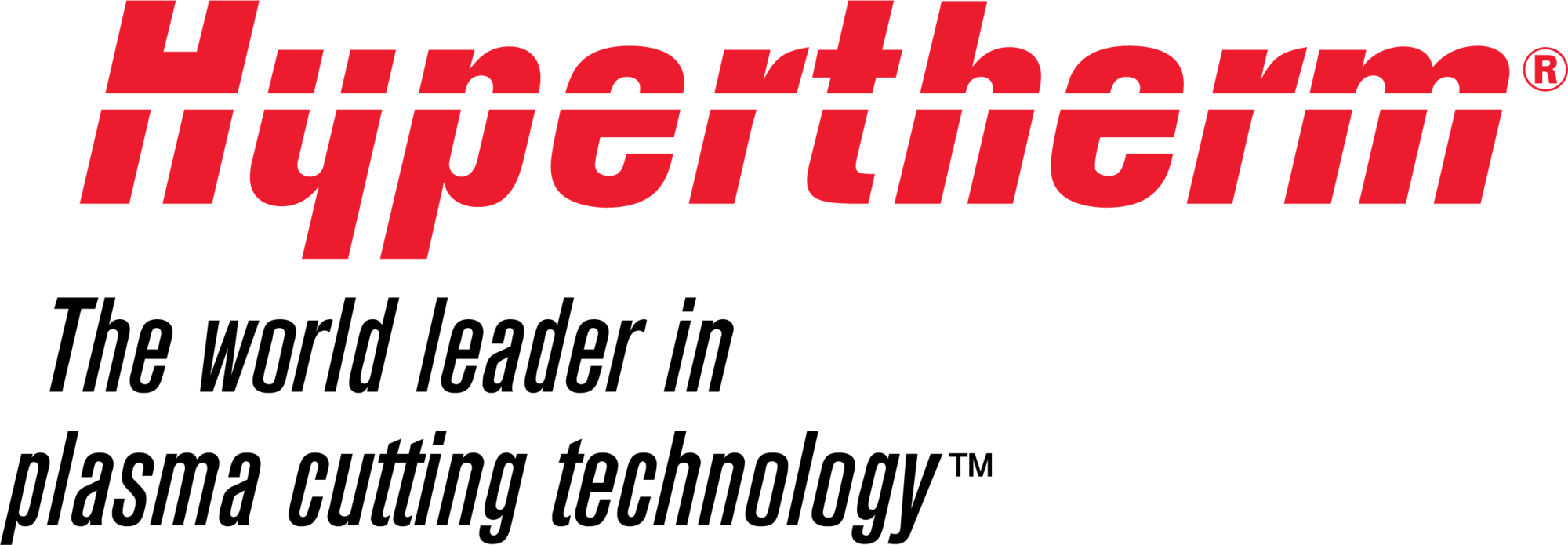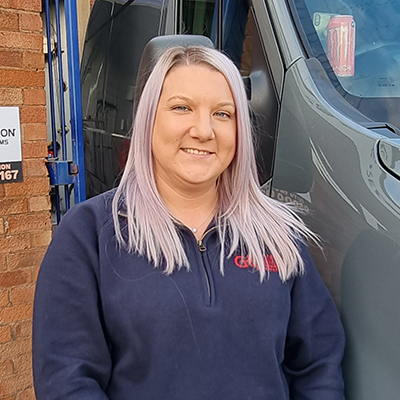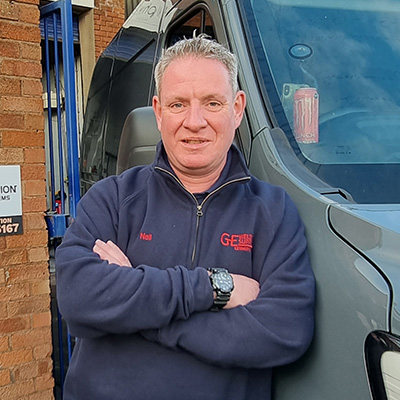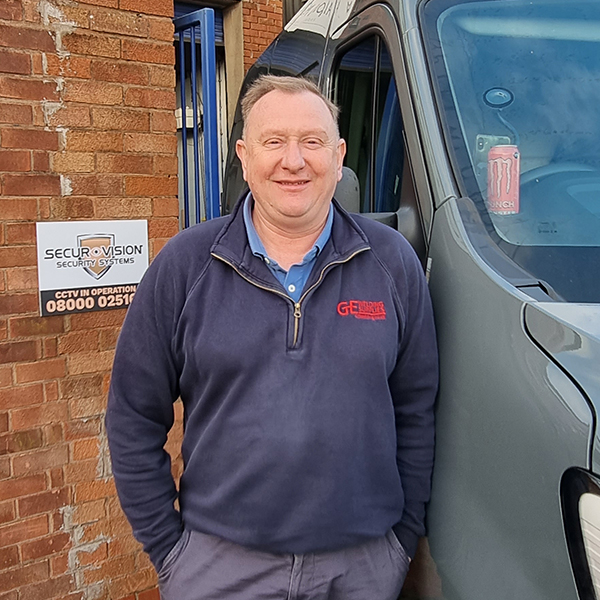Hypertherm’s roots date to 1968, when Hypertherm president Dick Couch and his professor
from the Thayer School of Engineering at Dartmouth made the greatest breakthrough since the
initial discovery of plasma cutting fourteen years earlier. They discovered that by radially
injecting water into a plasma cutting nozzle, they could create a narrower arc, capable of cutting
metal with a speed and accuracy never before seen. In addition, two issues that had plagued
the industry from the start—the accumulation of dross and a phenomenon called doublearcing—were virtually eliminated.
Hypertherm’s new water injection technique introduced another first to the industry. Instead of
relying on several different types of gas for cutting, the Hypertherm system relied on only one:
nitrogen. This single gas requirement made plasma cutting more economical and easier to use
since customers no longer had to purchase and stock several different types of gas. Customers
also saw a marked improvement in nozzle life because steam from the water helped to cool and
protect the nozzle, significantly slowing down its wear rate. Mr. Couch quickly patented his new
radially injected water technique and unveiled Hypertherm’s very first plasma cutter, the
PAC400. For the first time, plasma was a real option for people needing to quickly and costeffectively cut through metal.
The ensuing years brought steady growth to Hypertherm, with Mr. Couch actively recruiting
engineering talent, many with PhDs in plasma chemistry, from leading schools. Together, these
engineers brought many more industry firsts to market. They discovered how to reduce the
noise and smoke caused by plasma cutting, developed an underwater cutting process, and
introduced oxygen cutting.
The mid-90’s brought another significant breakthrough with the introduction of high definition, or
as Hypertherm called it, HyDefinitionTM plasma. This whole new class of plasma produced a
cutting arc with quadruple the energy density of conventional plasma. This allowed fabricators to
cut parts with improved edge squareness and tighter tolerances without increasing their
operating costs.
Second generation high definition systems brought power levels up to 200 amps and more
automatic adjustment. Many settings once requiring input from an experienced operator were
now automated freeing up the operator to oversee the loading and unloading of plate and parts.
These systems were followed by the introduction of HyPerformance® Plasma—high definition
plasma with even higher power levels for thicker cutting and at faster speeds.
More recently, Hypertherm engineers have expanded beyond plasma, with the development of
fiber laser technology, and the 2013 acquisition of a waterjet company, further strengthening
Hypertherm’s presence in the cutting industry and positioning the company for its second half
century in business.





